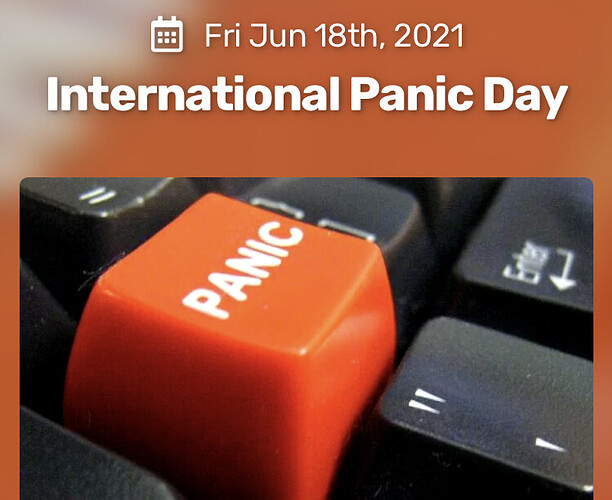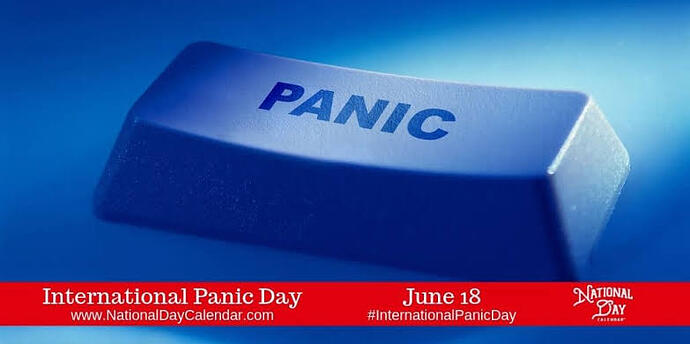It is Wednesday, 16 June 2021
(W24 | D167 | 198 rem)
Today is:  Fudge Day
Fudge Day
Fudge Day is a day to enjoy the deliciousness of this decadent, sweet candy that is appreciated all over the world. It cannot be denied that celebrating this delicious, tasty treat is a great way to spend just about any day, especially on Fudge Day!
Fudge is a soft, smooth confectionary that is made by mixing and then heating milk, butter and sugar. A variety of other ingredients can then be added to create assorted varieties and flavors of fudge. Some of the most popular flavors include chocolate and peanut butter, but there’s a whole world out there of fudge flavors that are waiting to be explored.
Exploring new flavors of fudge and sharing them with loved ones is what Fudge Day is all about!
Fudge is thought to have been an American invention. The earliest documented mention of fudge can be found in a letter composed by Emelyn Hartridge, who was studying at the time at Vassar College, located in Poughkeepsie, New York. The letter detailed that fudge had been made and sold in a grocery store in Baltimore, Maryland, in 1886. At the time, the cost of 40 cents per pound of fudge. From here, word of chocolate fudge spread to other women’s colleges and eventually became very popular in the US.
In fact, many people believe that the first incidence of fudge may have been a mistake. It seems it could have been an intended batch of caramels that went awry, or “fudged”. That would make sense of the way we still use the term “fudging” something today.
I can’t find who originated it, or when Fudge Day even started. But you know what? I don’t care. I’m just happy that it’s a thing.
Be a sweetie to those in your world today - surprise them with a batch of delicious fudge! Your status as “The Best” will be cemented! 

Here you go:
Today is also  Youth Day in South Africa
Youth Day in South Africa
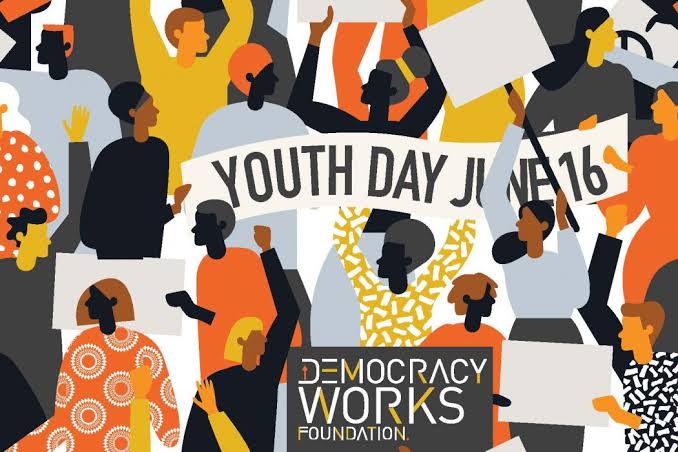
Youth Day commemorates a particularly bleak moment in South Africa’s history.
In 1975 protests started in African schools after a directive from the then Bantu Education Department that Afrikaans had to be used on an equal basis with English as a language of instruction in secondary schools. The issue, however, was not so much the Afrikaans as the whole system of Bantu education which was characterised by separate schools and universities, poor facilities, overcrowded classrooms and inadequately trained teachers.
On 16 June 1976 more than 20 000 pupils from Soweto began a protest march. In the wake of clashes with the police, and the violence that ensued during the next few weeks, approximately 700 hundred people, many of them youths, were killed and property destroyed.
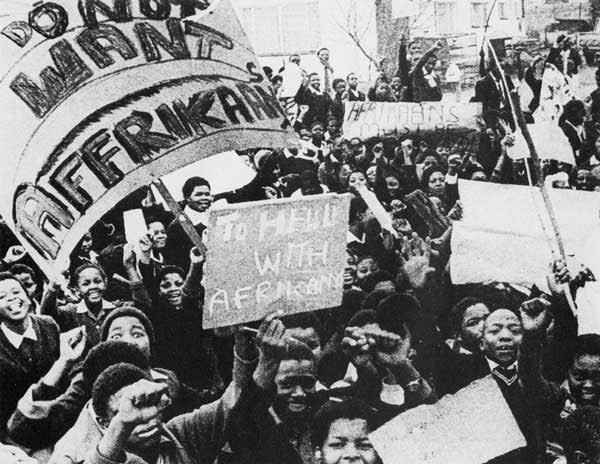
Know more:
https://www.sahistory.org.za/article/june-16-soweto-youth-uprising
 Good morning!
Good morning! 

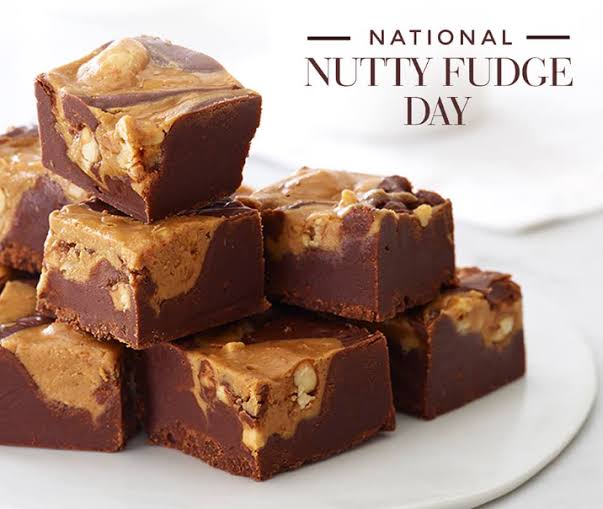


 That Nestle SA recipe I’ve linked is pretty darn easy, and the results are delicious!
That Nestle SA recipe I’ve linked is pretty darn easy, and the results are delicious!





